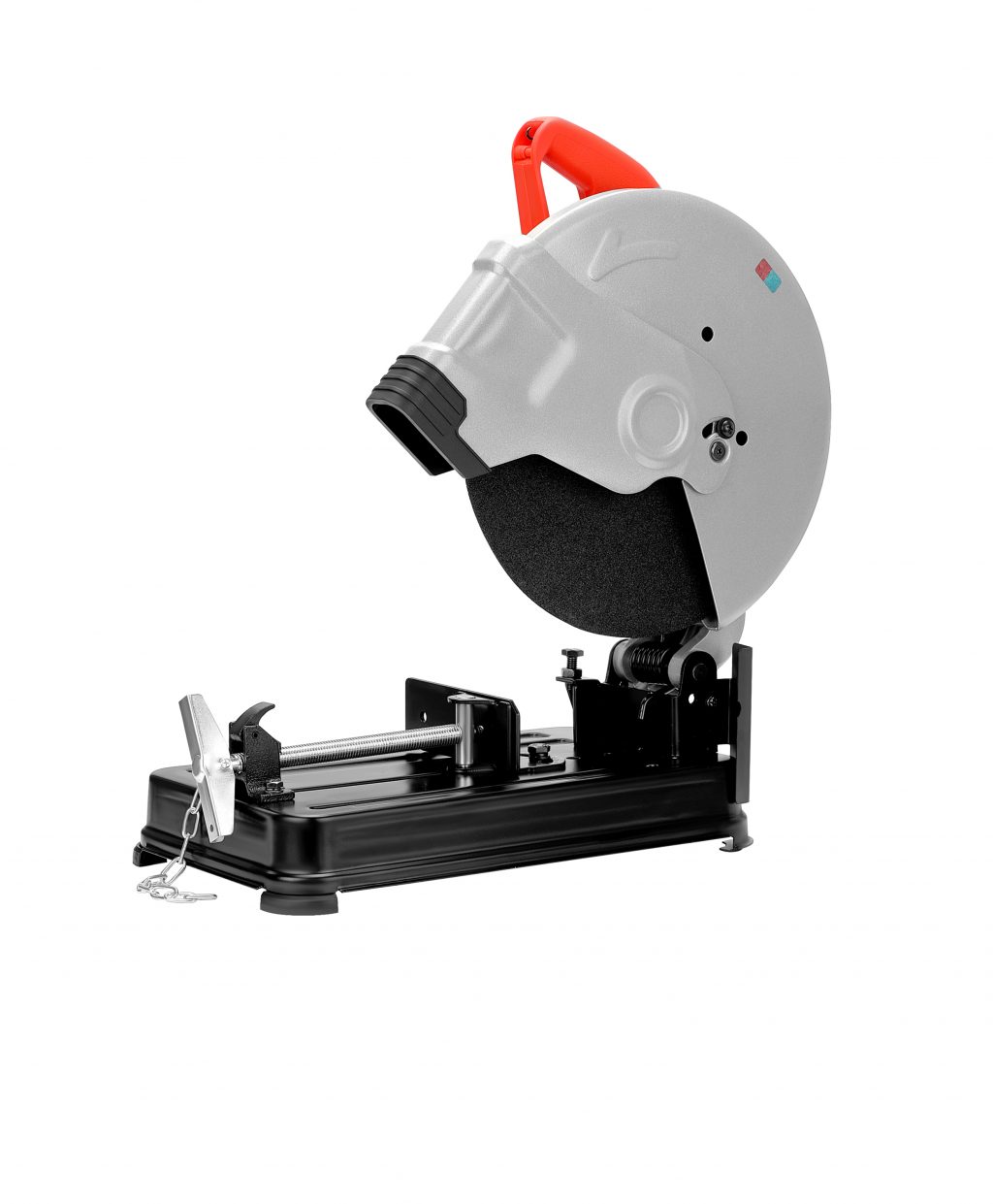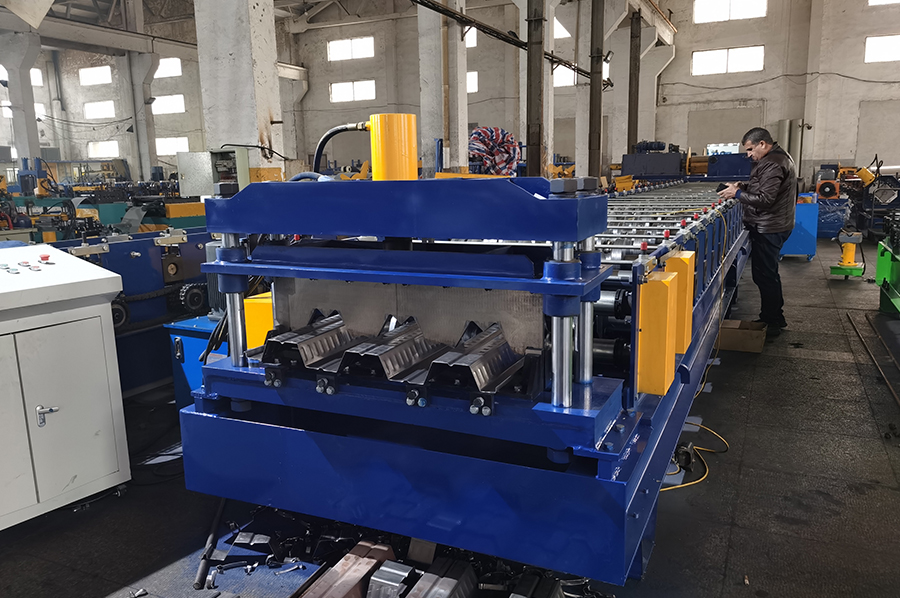
The classification of cutting tools is a crucial aspect of the manufacturing industry. These tools are classified based on a range of factors such as their material, geometry, application, and more. Understanding the different types of cutting tools is essential for engineers and machinists to ensure efficient and accurate production.
In this blog, we will explore the different classifications of cutting tools and the factors that influence their classification. We will also provide a detailed guide on the various types of cutting tools used in manufacturing.
- Material Classification
The first classification of cutting tools is based on their material. The most common materials used for cutting tools include high-speed steel (HSS), carbide, ceramic, and diamond. Each material has unique properties that determine its suitability for different applications.
a. High-Speed Steel (HSS)
HSS is a versatile material used for general-purpose cutting tools. It offers good toughness, wear resistance, and toughness. HSS is commonly used for cutting non-ferrous metals and alloys.
b. Carbide
Carbide cutting tools are made from carbide alloys that are highly resistant to wear and can withstand high temperatures. They are used for cutting steel, cast iron, and non-ferrous metals.
c. Ceramic
Ceramic cutting tools are made from aluminum oxide or silicon carbide. These tools have excellent wear resistance and can withstand high temperatures. They are commonly used for cutting steels and non-ferrous metals.
d. Diamond
Diamond cutting tools are made from synthetic diamond or diamond-coated inserts. Diamond is the hardest material known to man and is used for cutting non-ferrous metals, ceramics, glass, and more.
- Geometry Classification
The geometry of cutting tools is another factor that determines their classification. Based on geometry, cutting tools can be classified into two main categories: insertable and solid tools.
a. Insertable Tools
Insertable tools are characterized by replaceable inserts that are mounted on a tool body. These inserts are made from carbide, ceramic, or diamond and are designed for specific applications. Insertable tools offer better wear resistance and can be easily replaced when worn out.
b. Solid Tools
Solid tools are made from a single piece of material and have a fixed geometry. These tools are commonly used for general-purpose cutting and are less expensive compared to insertable tools. Solid tools may require sharpening or regrinding after use.
- Application Classification
Cutting tools can also be classified based on their application in manufacturing. Some common applications include turning, milling, drilling, grinding, and sawing operations. Each type of application requires specific types of cutting tools to achieve optimal performance and accuracy. For example, turning tools are used for lathe operations, milling tools are used for milling machines, and grinding tools are used for grinding machines. Each type of tool is designed to handle specific operations efficiently. 4. Summary The classification of cutting tools is crucial for efficient manufacturing operations. Cutting tools can be classified based on their material, geometry, and application in manufacturing. Understanding the different types of cutting tools and their classification is essential for engineers and machinists to ensure efficient and accurate production processes. In this blog post, we have provided a detailed guide on the different classifications of cutting tools and their respective characteristics. By knowing the different classifications, you can choose the appropriate cutting tool for your specific application, ensuring optimal performance and accuracy in your manufacturing operations.





